REVIEW – Shinji Mikami no longer directs the sequel, but it is clear that its imprint is there. Reviewing The Evil Within 2 means not only having a hell of fun while a bad time with the continuation of the adventures of Sebastián Castellanos but is also understanding its change of direction. How did the second part set his new course? Are you still scared? Have they corrected any of the problems in the original? I will tell you about it next.
I have always thought that scaring is very easy, but being scary is much harder. To give someone a scare at a movie theater is as easy as putting the volume up too high and giving an unexpected hit in a stressful scene. Much of the teen horror film has lived through that for years without too much trouble.
The Evil Within: the Fear Within
It is in both areas precisely how The Evil Within attempted to operate in 2014. It counted with the guarantee of being directed by Shinji Mikami, an institution in the video game industry after signing brands like Resident Evil or Dino Crisis. Something that came very well because when you present a new IP, you need to give the amateur some grips to grab, and having this Japanese of twisted ideas to the front seemed a whole guarantee that ended up brewing success to be the beginning of something important. For Bethesda the bet was strong and was, next to the playable teaser P.T. of Silent Hills, Among the Sleep, Alien Isolation, Fatal Frame: Maiden of Black Water or even Five Night at Freddy’s, those responsible for that 2014 was one of the most remembered years for fans of terror. Proposals very different from each other, but all with one point in common … They had the backing of the public.
However, the challenge facing The Evil Within 2 is a real test of fire. It is always said that the best way to value a music group is with the second album, it is the one that demonstrates their talent in a more precise way since the first one can be “by chance”… Moreover, more if there are changes between the components. Mikami no longer directs the sequel, only produces and supervises it: it is something like if you remove a composer from a band, but you have it in the “fishbowl” supervising everything from the mixing room and thus guaranteeing that continue there his mysterious touch and his dark and dark vision of the universe that he created himself. Now composing the songs John Johanas who makes debut as director of a complete video game: How it sounds “the disc”? Has “sound” been lost along the way? Does it hold the essence? I will tell you about it next.
Kidman is always suspicious
The starting premise is suggestive. July Kidman, who, to put it subtly, occasionally had somewhat murky motivations, returns to make an appearance to let Detective Sebastian Castellanos know that his daughter Lily, who believed dead, is not only alive but is currently trapped by the Mobius Corporation. From there we start a journey in which again we are seldom clear what is real and what is not, and this is fundamentally due to the return of a STEM program which is the terrifying tool that has Tango Gameworks to justify arguably that there is nothing impossible in The Evil Within 2. Here is a starting point that already shows an advantage that has the sequel over the original: there is a clear goal from the beginning. In the video game of 2014 it was very easy to get lost in its plot and to advance simply by inertia, that does not happen in a continuation that does well to clearly state what it wants from us so that we do not get lost in the plot of conspiracies and dreams that raises. The same goes for the villains, there is a nemesis that is clear from the first minute and is twisted enough to be interesting to know what their motivations.
The only thing that is really important to qualify in this area is the fact that, to maximize understanding of what happens in the new episode, it is interesting to play the first part and have it finished. I do not say that it is essential because it can be enjoyed independently of the second part as a title of the action, suspense, and terror; but we do want to make sense of everything if we understand why we come. In the writers’ approach that you do not want to waste time, you do not invest too much in explaining why there are tensions between Kidman and Castellanos, who are Mobius or what is the STEM. They are all things that the veteran of the saga already knows and that the sequel takes for granted not to go around.
Thus, a campaign of variable duration is built, with some areas where it is easy to entertain. Why do I say it? The sequel, far from being content with repeating the formula of the original, does reproduce many of its strengths, but it varnishes them this time with a coating of freedom which it lacked. Everything is built on the minimap, and in fact, the way in which STEM has built all this universe is supposedly organic, but when we experience it, it is already self-destructing. That serves as a perfect excuse for Tango Gameworks to target the great map in a way that allows it to build a handful of areas of a respectable size where we can move with complete freedom.
This, of course, is not a sandbox and the team wants to have the campaign fairly limited, which seems a wise not to lose the narrative tempo (a concept that begins to repeat itself in other games). To do so, he uses resources that are not too imaginative and have coined other brands of the genre. An example? In one of the first sections where The Evil Within 2 opens, that of the residential neighborhood, everything is delimited through a series of cracks in the ground that prevent us from venturing where its creators do not want the purest Silent Hill style. Also, the title also has the communicator, which is a tool that allows us to have a guide of where we should go at all times, whenever we want. However, even so, I like that in a residential neighborhood of Union, the city that we kicked mainly in the game, we can enter many of the constructions and explore to see what we find. Somehow I had had feelings similar to those I had with The Last of Us when we entered abandoned houses looking desperately for some equipment, but although everything was very schematic in watertight compartments: action, puzzles, exploration … repeat. This time everything is more organic, and it will be usual that we take some scares and we search for alternatively for resources with fighting.
Thus, as if it were an open world video game, the formula presents main missions and secondary distractions. The first are those that advance the story, the chapters in this case, but the others allow us to obtain different rewards that will come very well. For example, it is not necessary to have a sniper rifle to finish the adventure, but you do not have an idea of how well it comes to ending enemies from a distance. There is a wide variety of weapons, and all of them have their special ammunition and their various possibilities in what is an unusually rich armory offering for a game of terror, and the truth is that all of them require a certain dedication. I explain. The ammunition is as short as expected, so not only must we keep an eye on what we spend, but we must also resort to manufacturing. Tango Gameworks has turned Sebastián Castellanos into a handyman who is able to pick up a handful of gunpowder or leaves from plants, and mix them with some other element and transform them into ammunition or kits.
The Evil Within 2 also has bases in form of on free houses that are the only truly safe place in Union, and there we have some things. For example, in some of those, we can talk with some of the survivors of Mobius special forces highlighted in this nightmarish world that can help us, but it is also where we can manually save game, restore health without cost or improve our equipment. The thing is that if for example, we want to dump our inventory in having more bullets we will be much cheaper regarding resource consumption if we operate on a work table in a safe area than if we do it on the fly. This triggers a very interesting strategic part in the form of planning. Do I play to try to return “home” to replenish health and ammunition or spend a plus of materials and do it right here? Will I get what I have to finish the chapter or will I be sold without bullets before reaching the end of the level? These are things that have to be taken into account because I have always gone back to the houses, even in the intermediate difficulty of the three that there is to exit.
We also find there the possibility of improving our arsenal by investing pieces of weapons or improving Sebastian in various disciplines (health, resistance, handling weapons …) based on investing the green gel that we obtain from enemies which offer the possibility of personalizing Sebastian to fight as we wish. Also, I like the feeling of going and returning to a place that exercises quiet area to provide me, and brings a slight tactical component to the formula. However, it is also true that in general, the more open parts present some problems. While the rhythm in the closed and guided parts is furious and allows us to enjoy the best sections of the game this is extinguished here as a match, and the appeal of bumping into creatures patrolling the streets of the city loses interest soon. Not that this is all wrong, much less, but it pales in comparison to how interesting are the areas in which the program takes us by the hand.
The Nightmare STEM
The Evil Within posed an unalterable playable scheme in which there were several branches: action, stealth, puzzles, progression and a few drops of exploration. We have already covered in detail the last two, probably the ones that have changed the most, and we need to go into detail with the other three. The first game, in fact, especially overturned its final third in a fight that was not the best part of it, mainly to have a somewhat coarser control. The second part offers better results in this area since, on the one hand, it has a somewhat finer control and, on the other, it better measures the amount it has to offer of each thing to have a more balanced equation.
There are not many surprises in the fighting, although I dislike the disappearance of the mechanics of setting fire to the enemies. Not that it was of paramount importance, but it made the matches one more element to manage, and it brought us the uncertainty of not knowing if a corpse was dead or not. On the other hand, it is still rewarding distance combat over a melee that, unless we turn our efforts in the evolution of Castellanos on it, does not cause too much damage to rivals. The key is that bullets are not abundant, as we have said, and thus achieve the longed-for balance. What does the work seek to achieve with these decisions? In a fundamental way that we turn to orientate everything possible towards secrecy. This time we have a cover system that is not just as comfortable or fluid as I would like but does the homework, and with it is what we mainly have to fool opponents who are not usually too clever.
Not only is the mechanics to go unnoticed and to execute the opponents is something basic to have so much importance, but it must also be said that the same AI problems that we pointed out in the first part are still present in The Evil Within 2. Our opponents have behaviors always unpredictable: that is good, but based on patterns that are often inexplicable: that is bad. At very specific times, or when the development of the campaign needs, they have a visual or auditory acuity worthy of a bird of prey, but in most cases, their sight is very limited and listening skills are also bad. What bothers me the most, however, is their lack of reaction to the obstacles on the ground. It is very easy to make a mess with a mere fence: having the end of it to a few centimeters to surround it or even having the ability to jump, accustomed to being unable to deal with it without we have finished with them from the other side of the obstacle to economic machete blows.
The final bosses are somewhat savvier, and there the game shows some very imaginative designs. Everyone has a certain way of ending them based on a weak point or a pattern of behavior that we can identify.
They tend to be the climax of a chapter and are usually also the closing of a stage. Are we going to the city hall? Once we reach the building we will have to walk through sinister corridors, overcome some specific challenge or even some punctual avalanche of enemies and finally, end with the boss. Next chapter?
There are also some isolated puzzles to give a bit of variety to the set, but their presence does not live up to what was once considered necessary to mark the title of being a Survival Horror. Some are more or less ingenious, and there are some quite repetitive hacking, but all have in common is a simple and occasionally pleasant entertainment with which we do not entertain too long.
Union: Ground Zero
Going into detail with the audiovisual, The Evil Within 2 is a video game that is far from being extraordinary on the technical side. The work of Tango Gameworks puts more emphasis on the atmospheric than on a striking performance, so it offers fantastic artistic results within graphics that can not be considered modest but that are well away from the great referents of the moment. Of course, it must be clear that scenarios and creatures line up at a phenomenal level, and they return to being the elements that offer better returns of the whole set.
On the other hand, Tango Gameworks has solved with ease the problems of the black bands on the top and bottom of the screen that so bad reputation they gained with the original one. Initially, it was defended that, in the title of 2014, they were due to a design decision and not to a resource to reduce a load of pixels in the screen, but finally they decided to eliminate it with a patch. This measure has prevailed for the second part, which effectively occupies the entire screen. What is not missing to your appointment are the doubts presented by the graphics engine STEM, based on the technology of the engines of id Software. It is customary to load a level or a kinematics in the first fractions of a second notice that the textures of high detail level have not been loaded in time and, if this were not enough, in console versions, I have experienced sometimes notable falls in the rate of images per second. Luckily there are not many checkpoints, and the game solves them quickly, but I would have liked to see more ease in this aspect.
In the audio part, the game is fantastic, which is essential for a horror game. The soundtrack is great, with a good cocktail of classical music and an excellent own soundtrack. Minimalist, that yes, but that manifests when it should come with thunder. The same can be said of audio effects that contribute to rounding an outstanding atmosphere.
The Best Within?
It is nice to see how The Evil Within 2 tries out new interesting things such as the open mini-world, however, still, it is less impacting, as the more guided parts. Indeed, the game is lost a bit in the open world parts, but still, maintains a steel pulse when it comes to raising brutal combats or disturbing sequences. Shinji Mikami no longer directs the series, but John Johanas has achieved an action game with drops of terror that may not be as buoyant as the first, but that does manage to make us spend a great bad time.
-BadSector-
Pro:
+ The fighting continues to be as distressing as in the first part
+ Dive into a twisted, terrifying and fascinating world where anything is possible
+ The mechanics of progression and manufacturing are frankly fine
Against:
– The parts of the open world are not bad, but they are not scary and have less interest
– The stealth is very basic and it is easy to fool some not very intelligent enemies
– Some control and camera problems
Publisher: Bethesda Softworks
Developer: Tango Gameworks
Genre: Horror TPS
Release date: October 13, 2017
The Evil Within 2
Gameplay - 8.1
Graphics - 7.4
Story - 8.6
Music/Audio - 8.8
Ambiance - 8.2
8.2
EXCELLENT
It is nice to see how The Evil Within 2 tries out new interesting things such as the open mini-world, however, still, it is less impacting, as the more guided parts. Indeed, the game is lost a bit in the open world parts, but still, maintains a steel pulse when it comes to raising brutal combats or disturbing sequences. Shinji Mikami no longer directs the series, but John Johanas has achieved an action game with drops of terror that may not be as buoyant as the first, but that does manage to make us spend a great bad time.

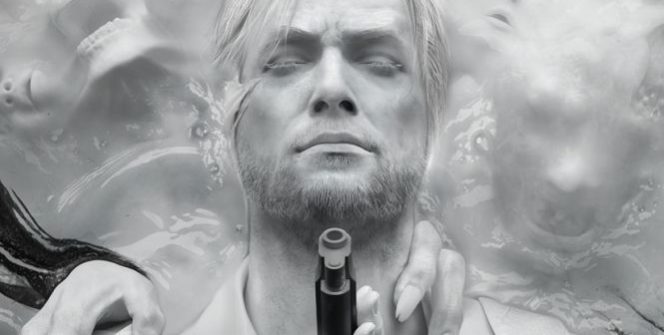
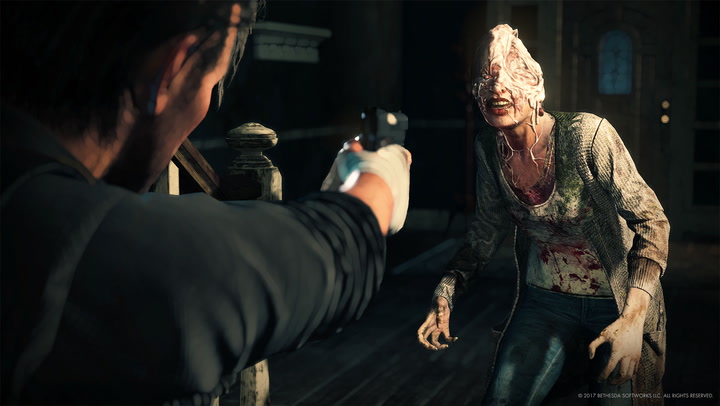


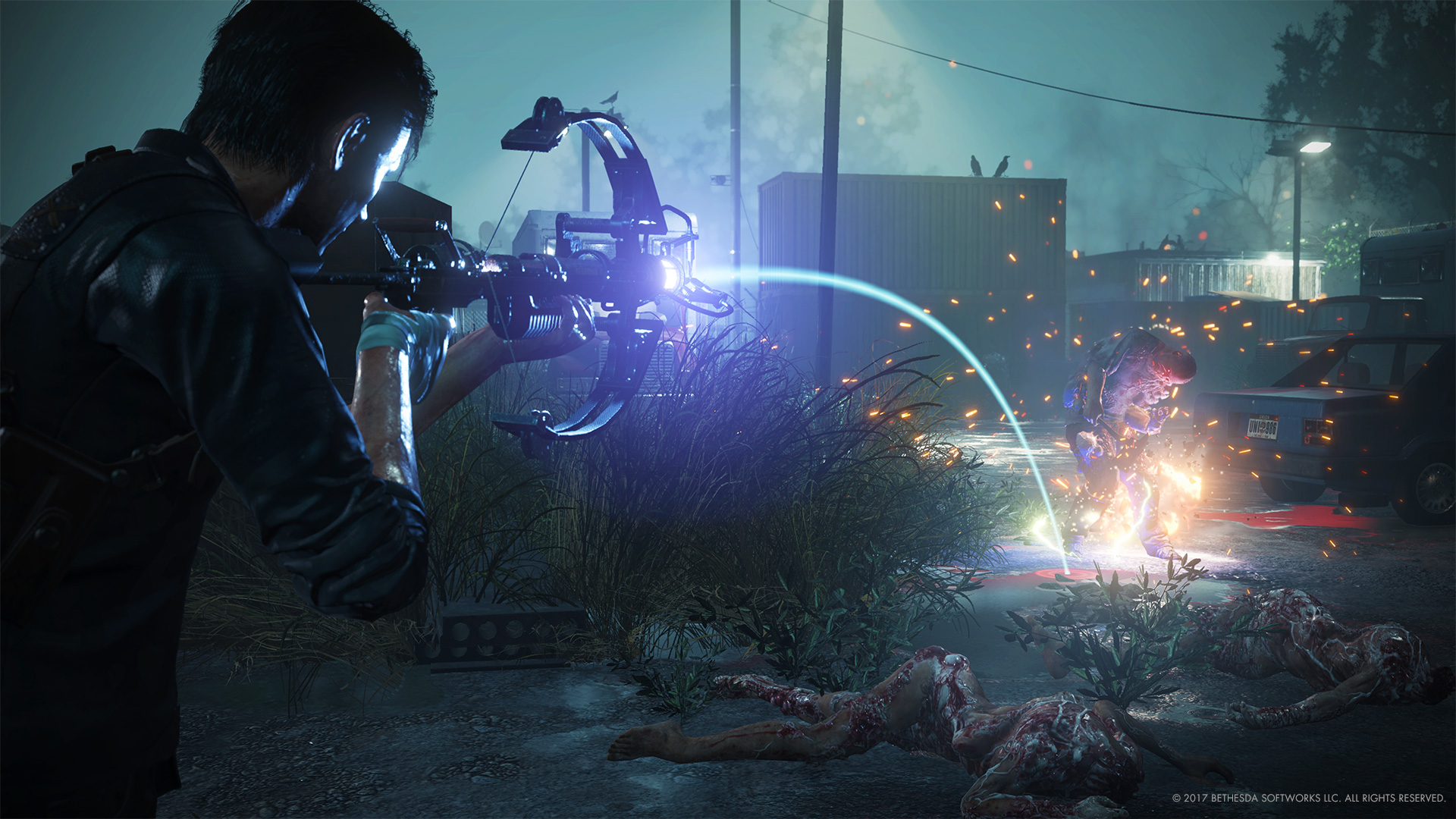

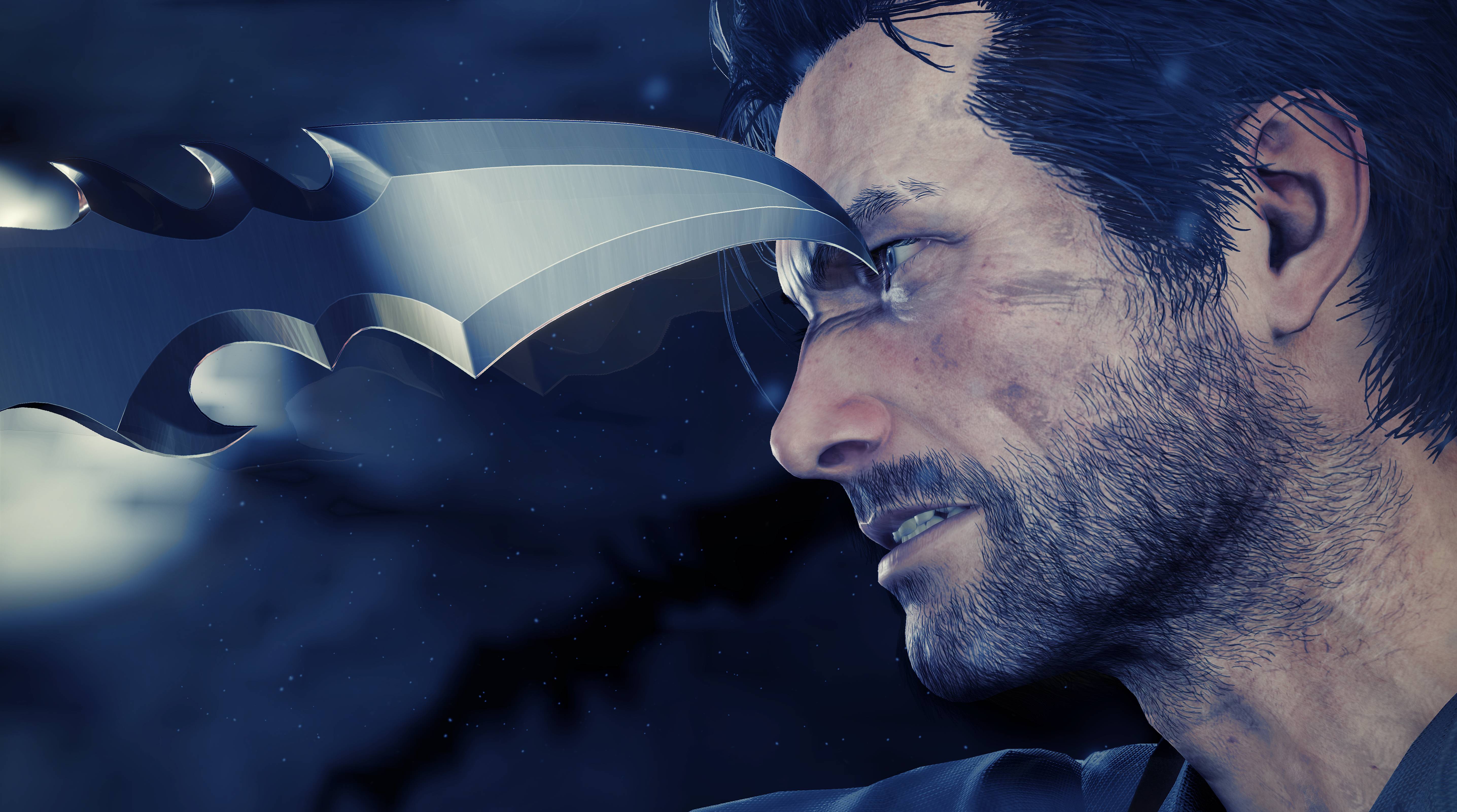










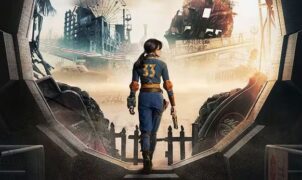

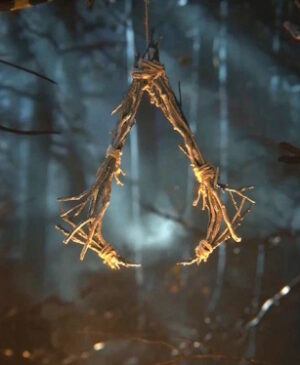

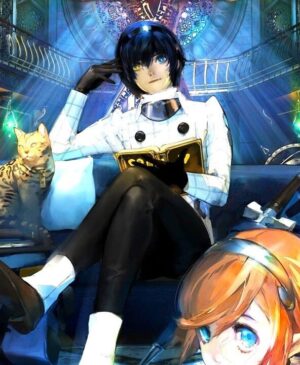
Leave a Reply